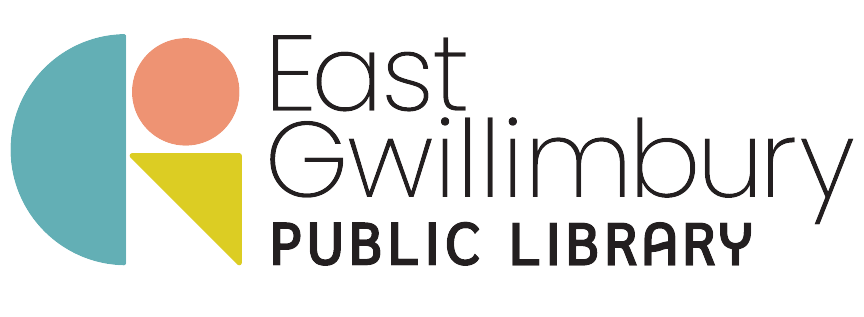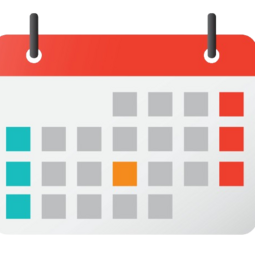Collection Highlight: The Mount Albert Women’s Institute Tweedsmuir Histories (Vols. 1 & 2)
February 21, 2024 | 2 min
The provincial government has designated this week as Heritage Week (Feb. 19 – 25th), showcasing individuals and community institutions that conserve, promote, and commemorate history for everyone to enjoy. For Heritage Week, we have decided to profile an interesting item that we have in our local history collection. These items seem innocuous at first glance, as they are two thick scrapbook style binders bound with blue covers. But inside is a treasure trove of information; these are the Tweedsmuir local history binders, which were prepared by the Mount Albert Branch of the Women’s Institute. But who were the Women’s Institute, and why would they want to record local history?
The story of the Women’s Institute begins with Adelaide Hunter Hoodless, who was born in 1857 on a farm near St. George in Brant County. She was raised in a well-to-do family, and married businessman John Hoodless on September 15, 1881, after which she moved to Hamilton. They would go on to have four children; unfortunately, in 1889, her fourth youngest son died at the age of 14 months after drinking impure milk. She turned her grief into action by devoting herself to women’s causes “specifically, the better education of women for motherhood and household management”[1] With the help of Erland and Janet Lee she founded the first Women’s Institute in Stoney Creek, Ontario in 1897, and the movement spread from there.
Another integral member in this women’s movement was Susan Buchan, whose title was Lady Tweedsmuir; she was the wife of John Buchan (Lord Tweedsmuir) who was the Governor General of Canada from 1935 to 1940. She was a passionate member of the Women’s Institute over in England, and she was automatically given an honorary life membership to the Federated Women’s Institute in Ontario, as she was instrumental in getting Women’s Institutes across Canada to compile local and social histories of small towns into a print format that would be accessible for everyone. Some branches started making these starting in the 1940’s but most did them around the 1960’s when interest in historical topics exploded during Canada’s centennial celebrations (when we think the Mount Albert Women’s Institute put these binders together).
The Women’s Institute held onto these binders for a long time. A news article from January 16th, 1980, in the East Gwillimbury Communicator reporting on a meeting of the Women’s Institute that had taken place last Thursday at Mrs. Harman’s house on Alice Street, where she “displayed the Women’s Institute history books of Mount Albert, and… spoke of when Mount Albert was known as Newland.”[2]The library received them in 2004 as a donation from the Mount Albert women’s institute after their branch had disbanded due to lack of membership.
In these binders, there is lots of fascinating history that can be found inside their pages. You can drop-in to the Mount Albert branch on your own time to look at them; or, if you have a more specific question in mind, you can book some one-on-one time with our local history expert at this link.
[1] https://www.thecanadianencyclopedia.ca/en/article/adelaide-hoodless
[2] Anon, (1980, January 16). “Women’s Institute”. The East Gwillimbury Communicator, page 16.
By: Sarah Harrison


